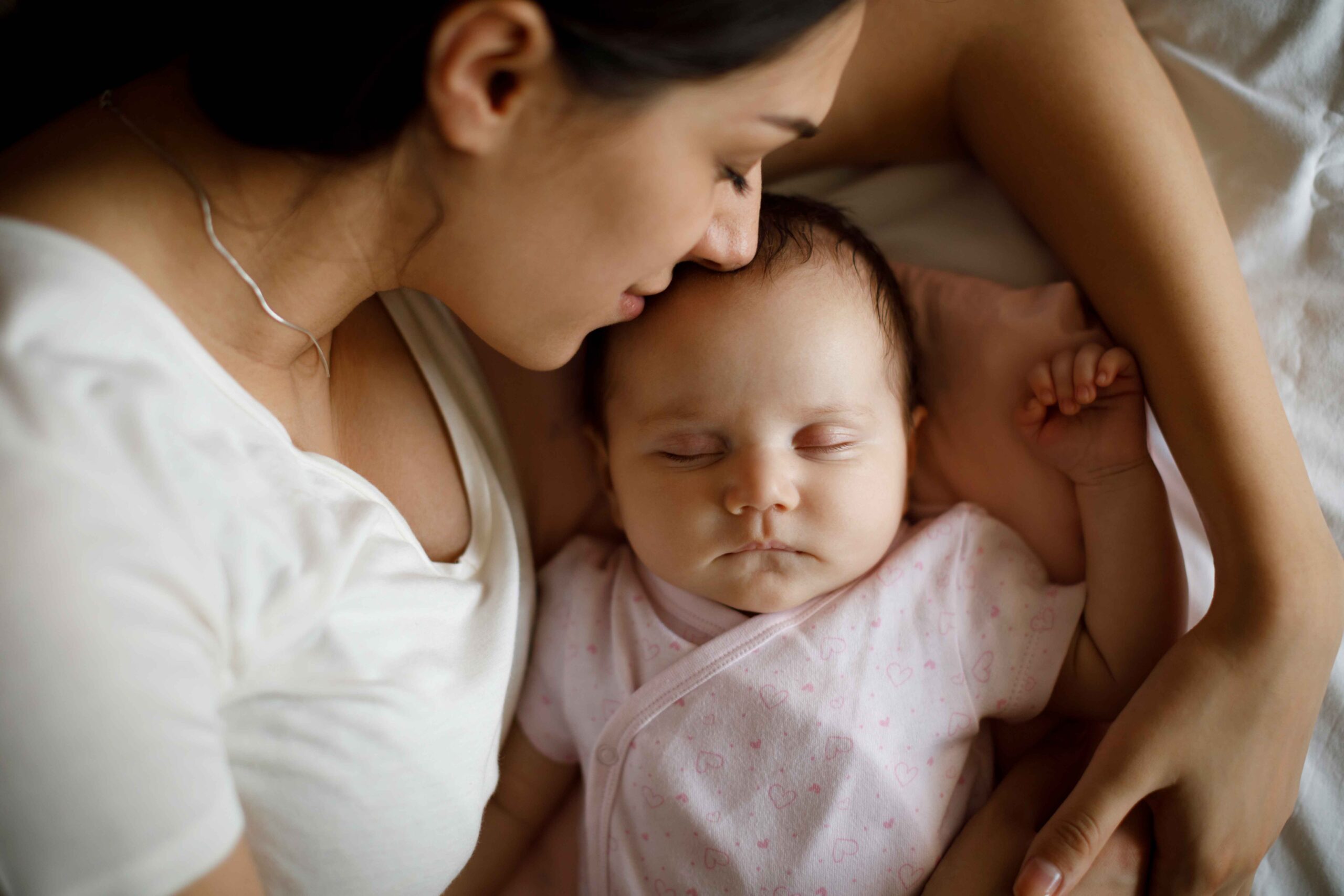Baby Sleep 101: The basics of baby sleep

Baby Sleep 101: The basics of baby sleep It is only after we become parents that we realize what a
Why can’t I just let my baby sleep when tired? Why all this drama?

Why can’t I just let my baby sleep when tired? Why all this drama? Because it won’t happen. In the
Decoding 3 pieces of sleep jargon

Decoding 3 pieces of sleep jargon: “active nightwakings”, “overtiredness” and “circadian rhythms” Active nightwakings: What we call “active nightwakings” (or
Why does my baby wake up when I put her down?

Why does my baby wake up when I put her down? It’s a familiar scene. Your baby has drifted off
